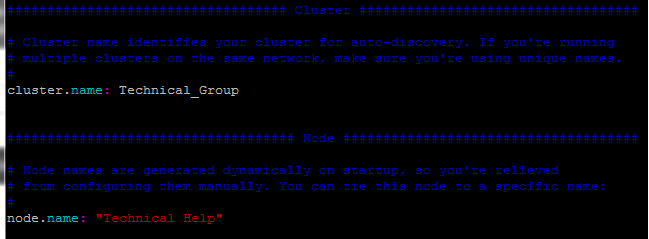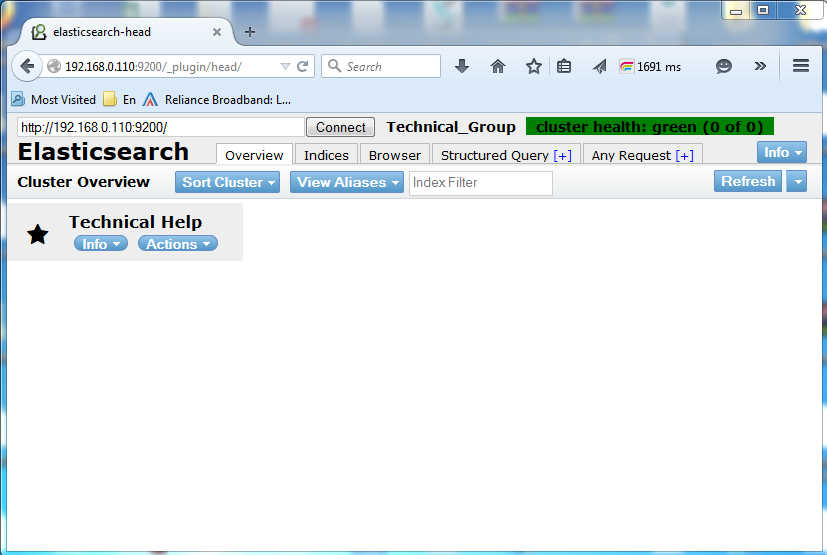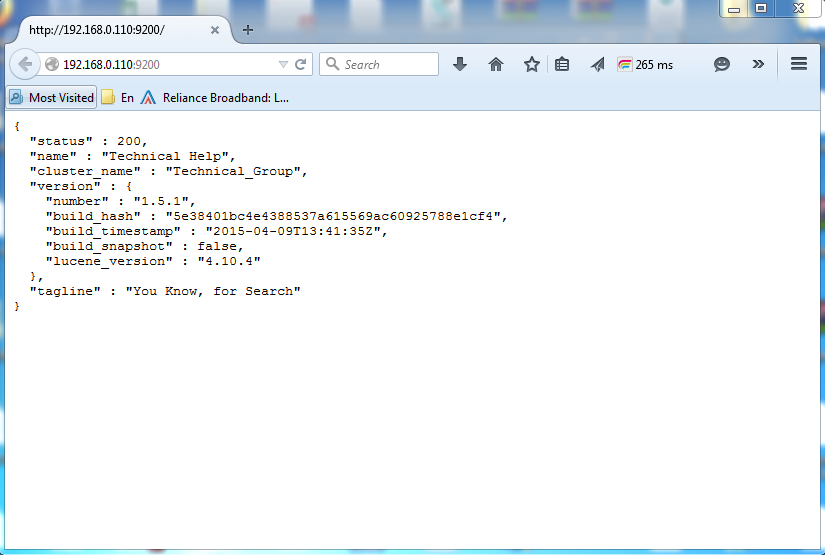Install ElasticSearch on CentOS/RHEL
ElasticSearch is adaptable and capable open source, dispersed ongoing pursuit and explanatory motor. Utilizing a basic arrangement of APIs, it gives the capacity to full-content hunt. A versatile inquiry is uninhibitedly accessible under the Apache 2 permit, which gives most adaptability.
Features include:
- Circulated and Highly Available Search Engine.
- Multi Tenant with Multi Types.
- Various set of APIs
- Document-oriented
- Reliable, Asynchronous Write-Behind for long term persistence.
- Real-Time Search.
- Built on top of Lucene
- Per operation consistency
Step 1: Verify Java
Java is an essential necessity for introducing ElasticSearch. To verify you have Java introduced on your framework.
# java -version
java version "1.8.0_31" Java(TM) SE Runtime Environment (build 1.8.0_31-b13) Java HotSpot(TM) 64-Bit Server VM (build 25.31-b07, mixed mode) If you don’t have Java installed on your system, use one of following link to install it first.
Install JAVA 7 on CentOS/RHEL
Install Java 8 on CentOS/RHEL 6/5
Step 2: Downloading ElasticSearch Archive
Presently download the most recent ElasticSearch document from its authority download page.
# wget https://download.elastic.co/elasticsearch/elasticsearch/elasticsearch-1.5.1.tar.gz
Step 3: Extract ElasticSearch
Now extract ElasticSearch on your server.
# tar xzf elasticsearch-1.5.1.tar.gz
Step 4: Configure ElasticSearch
Presently we have to setup ElasticSearch bunch name. ElasticSearch utilizes “elasticsearch” as default bunch name, We prescribe to change it according to your need.
# mv elasticsearch-1.5.1 /usr/local/elasticsearch # cd /usr/local/elasticsearch
Step 5: Changes in the Configuration file
To change cluster named alter config/elasticsearch.yml record and upgrade the following values.
# vim config/elasticsearch.yml
cluster.name: Technical_Group
node.name: "Technical Help"
Step 6: Install ElasticSearch-Head Plugin
elasticsearch-head is a web front end for scanning and cooperating with an Elastic Search cluster. Use the following command to install it.
# bin/plugin --install mobz/elasticsearch-head
Step 7: Starting ElasticSearch Cluster
As the ElasticSearch setup is finished. Let the begin ElasticSearch using following command.
# ./bin/elasticsearch &
Step 8: Verify Setup
You have all done, simply need to check setup. ElasticSearch deals with port default port 9200.
http://192.168.0.110:9200/_plugin/head/
http://svt.techoism.net:9200/




